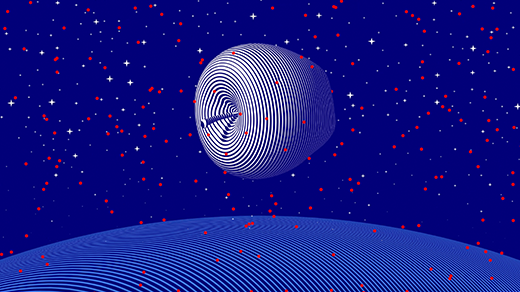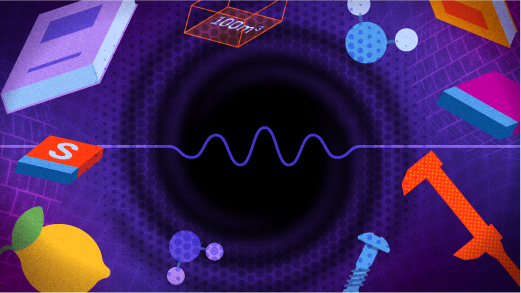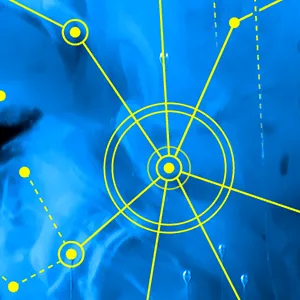Quanta Magazine | Science and Math News

Adrián Astorgano for Quanta Magazine
Latest Articles
Researchers Uncover Hidden Ingredients Behind AI Creativity
Image generators are designed to mimic their training data, so where does their apparent creativity come from? A recent study suggests that it’s an inevitable by-product of their architecture.
When Did Nature Burst Into Vivid Color?
Scientists reconstructed 500 million years of evolutionary history to reveal which came first: colorful signals or the color vision needed to see them.
A New Pyramid-Like Shape Always Lands the Same Side Up
A tetrahedron is the simplest Platonic solid. Mathematicians have now made one that’s stable only on one side, confirming a decades-old conjecture.
Matter vs. Force: Why There Are Exactly Two Types of Particles
Every elementary particle falls into one of two categories. Collectivist bosons account for the forces that move us while individualist fermions keep our atoms from collapsing.
Is Mathematics Mostly Chaos or Mostly Order?
Two new notions of infinity challenge a long-standing plan to define the mathematical universe.

The Ecosystem Dynamics That Can Make or Break an Invasion
By speedrunning ecosystems with microbes, researchers revealed intrinsic properties that may make a community susceptible to invasion.
Is Gravity Just Entropy Rising? Long-Shot Idea Gets Another Look.
A new argument explores how the growth of disorder could cause massive objects to move toward one another. Physicists are both interested and skeptical.
Epic Effort to Ground Physics in Math Opens Up the Secrets of Time
By mathematically proving how individual molecules create the complex motion of fluids, three mathematicians have illuminated why time can’t flow in reverse.
Featured Videos
See all videosWhy Some People Don’t ‘See’ Mental Imagery: Aphantasia
Christopher W. Young/Quanta Magazine
Special Features
Quanta Podcast
New ‘Superdiffusion’ Proof Probes the Mysterious Math of Turbulence
Turbulence is a notoriously difficult phenomenon to study. Mathematicians are now starting to untangle it at its smallest scales.
Multimedia
The Thought Experiments That Fray the Fabric of Space-Time
These three imagined scenarios lead many physicists to doubt that space-time is fundamental.
About Quanta Magazine
Illuminating basic science and math research through public service journalism.
More about usQuanta Magazine is committed to in-depth, accurate journalism that serves the public interest. Each article braids the complexities of science with the malleable art of storytelling and is meticulously reported, edited and fact-checked. Launched and funded by the Simons Foundation, Quanta is editorially independent — our articles do not reflect or represent the views of the foundation.
















